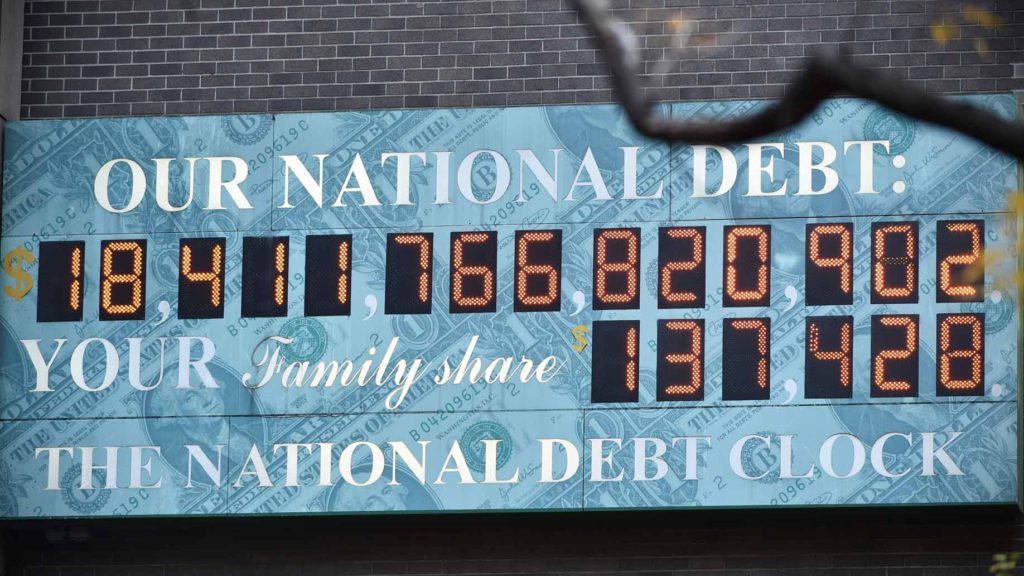 Risk and reward are inextricably intertwined, and therefore, risk is inherent in all financial instruments. As a consequence, wise investors seek to minimize risk as much as possible without diluting the potential rewards. Warren Buffett, a recognized stock market investor, reportedly explained his investment philosophy to a group of Wharton Business School students in 2003: “I like to go for cinches. I like to shoot fish in a barrel. But I like to do it after the water has run out.”
Risk and reward are inextricably intertwined, and therefore, risk is inherent in all financial instruments. As a consequence, wise investors seek to minimize risk as much as possible without diluting the potential rewards. Warren Buffett, a recognized stock market investor, reportedly explained his investment philosophy to a group of Wharton Business School students in 2003: “I like to go for cinches. I like to shoot fish in a barrel. But I like to do it after the water has run out.”
Reducing all of the variables affecting a stock investment is difficult, especially the following hidden risks.
1. Volatility
Sometimes called “market risk” or “involuntary risk,” volatility refers to fluctuations in price of a security or portfolio over a year period. All securities are subject to market risks that include events beyond an investor’s control. These events affect the overall market, not just a single company or industry.
They include the following:
Geopolitical Events. World economies are connected in a global world, so a recession in China can have dire effects on the economy of the United States. The withdrawal of Great Britain from the European Union or a repudiation of NAFTA by a new U.S. Administration could ignite a trade war among countries with devastating effects on individual economies around the globe.
Economic Events. Monetary policies, unforeseen regulations or deregulation, tax revisions, changes in interest rates, or weather affect the gross domestic product (GDP) of countries, as well as the relations between countries. Businesses and industries are also affected.
Inflation. Also called “purchasing power risk,” the future value of assets or income may be reduced due to rising costs of goods and services or deliberate government action. Effectively, each unit of currency – $1 in the U.S. – buys less as time passes.
Volatility does not indicate the direction of a price move (up or down), just the range of price fluctuations over the period. It is expressed as “beta” and is intended to reflect the correlation between a security’s price and the market as a whole, usually the S&P 500:
- A beta of 1 (low volatility) suggests a stock’s price will move in concert with the market. For example, if the S&P 500 moves 10%, the stock will move 10%.
- Betas less than 1 (very low volatility) means that the security price fluctuates less than the market – a beta of 0.5 suggests that a 10% move in the market will produce only a 5% move in the security price.
- A beta greater than 1 (high volatility) means the stock is more volatile than the market as a whole. Theoretically, a security with a beta of 1.3 would be 30% more volatile than the market.
According to Ted Noon, senior vice president of Acadian Asset Management, implementing low-volatility strategies – for example, choosing investments with low beta – can retain full exposure to equity markets while avoiding painful downside outcomes. However, Joseph Flaherty, chief investment-risk officer of MFS Investment Management, cautions that reducing risk is “less about concentrating on low volatility and more about avoiding high volatility.”
Strategies to Manage Volatility
Strategies to reduce the impact of volatility include:
Read more . . .

 According to projections by the Congressional Budget Office (CBO), America will continue to spend more than it receives in revenues from 2016 to 2026, and perhaps beyond. The budget deficit is projected to be slightly below 3% of gross domestic product (GDP) through 2018, then rise to 4.9% by 2026.
According to projections by the Congressional Budget Office (CBO), America will continue to spend more than it receives in revenues from 2016 to 2026, and perhaps beyond. The budget deficit is projected to be slightly below 3% of gross domestic product (GDP) through 2018, then rise to 4.9% by 2026.
 The debate about free trade versus protective tariffs (taxes) has raged for centuries. However, it has become especially virulent as industrialized countries lose an increasing amount of jobs to emerging nations. Free traders, worried about the possibility of new tariffs to protect native industries, predict a trade apocalypse. Reported by TIME, Robert Zoellick, president of the World Bank, claimed, “If we start to trigger a round of protectionism, as you saw in the 1930s, it could deepen the world crisis.”
The debate about free trade versus protective tariffs (taxes) has raged for centuries. However, it has become especially virulent as industrialized countries lose an increasing amount of jobs to emerging nations. Free traders, worried about the possibility of new tariffs to protect native industries, predict a trade apocalypse. Reported by TIME, Robert Zoellick, president of the World Bank, claimed, “If we start to trigger a round of protectionism, as you saw in the 1930s, it could deepen the world crisis.”